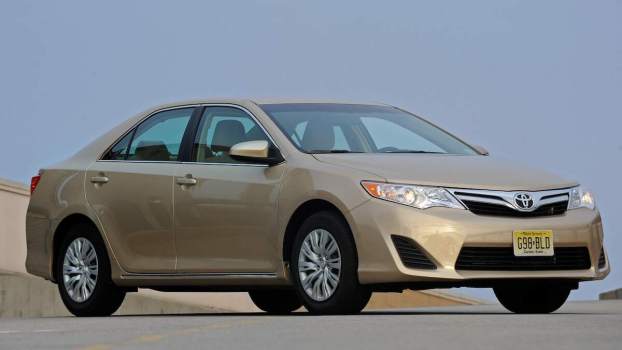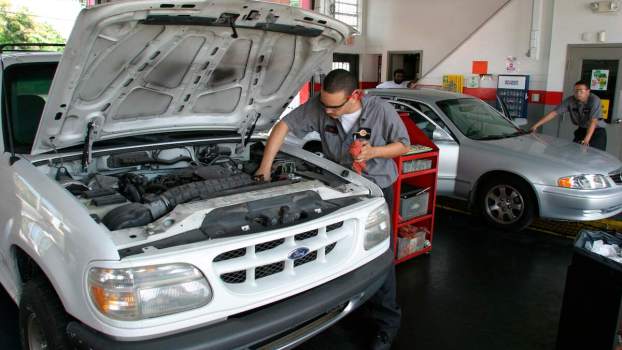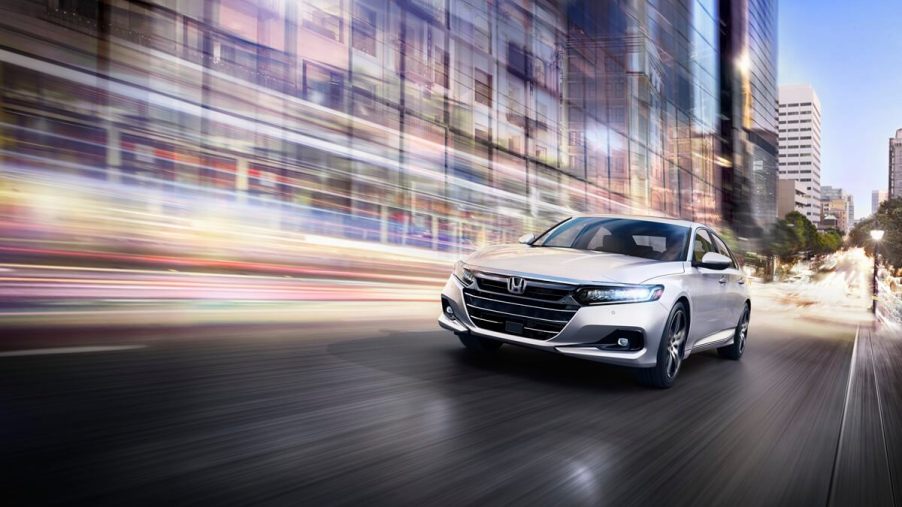
10 Reasons New Cars Last Way Longer Than Their Ancestors
Some drivers look for ways to make their older vehicles more reliable, but only so much can be done. The good news is that modern cars offer better reliability and last longer than their predecessors. What makes newer vehicles some of the longest-lasting cars? We explore 10 reasons why.
Today’s cars are on the road longer
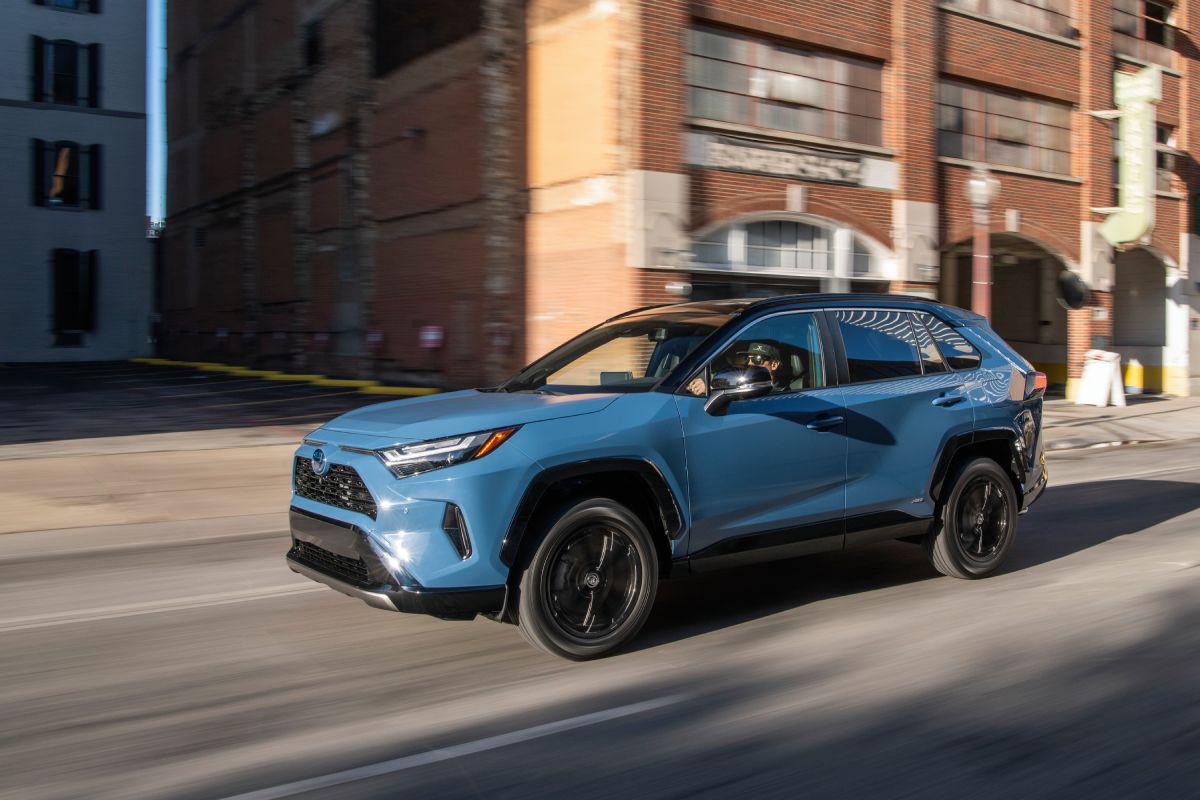
According to S&P Global Mobility, cars are lasting a record-high 12.5 years. That number has steadily risen since about 1978. There are several reasons for this trend. Here are 10 points explaining why modern cars last longer:
1. The longest-lasting cars have a stronger foundation
In the 1970s, automakers built cars on steel frames protected with a coat of paint. Back then, it wasn’t uncommon for a vehicle to leave the showroom and end up with signs of rust within only a few months.
Nowadays, new cars have a unibody framework made of galvanized steel. They’re often covered in extra layers of protection to help them last longer. A one-piece frame helps prevent rolling and can absorb kinetic energy at certain sections of the chassis, providing more protection for occupants.
2. New vehicles have protective coatings
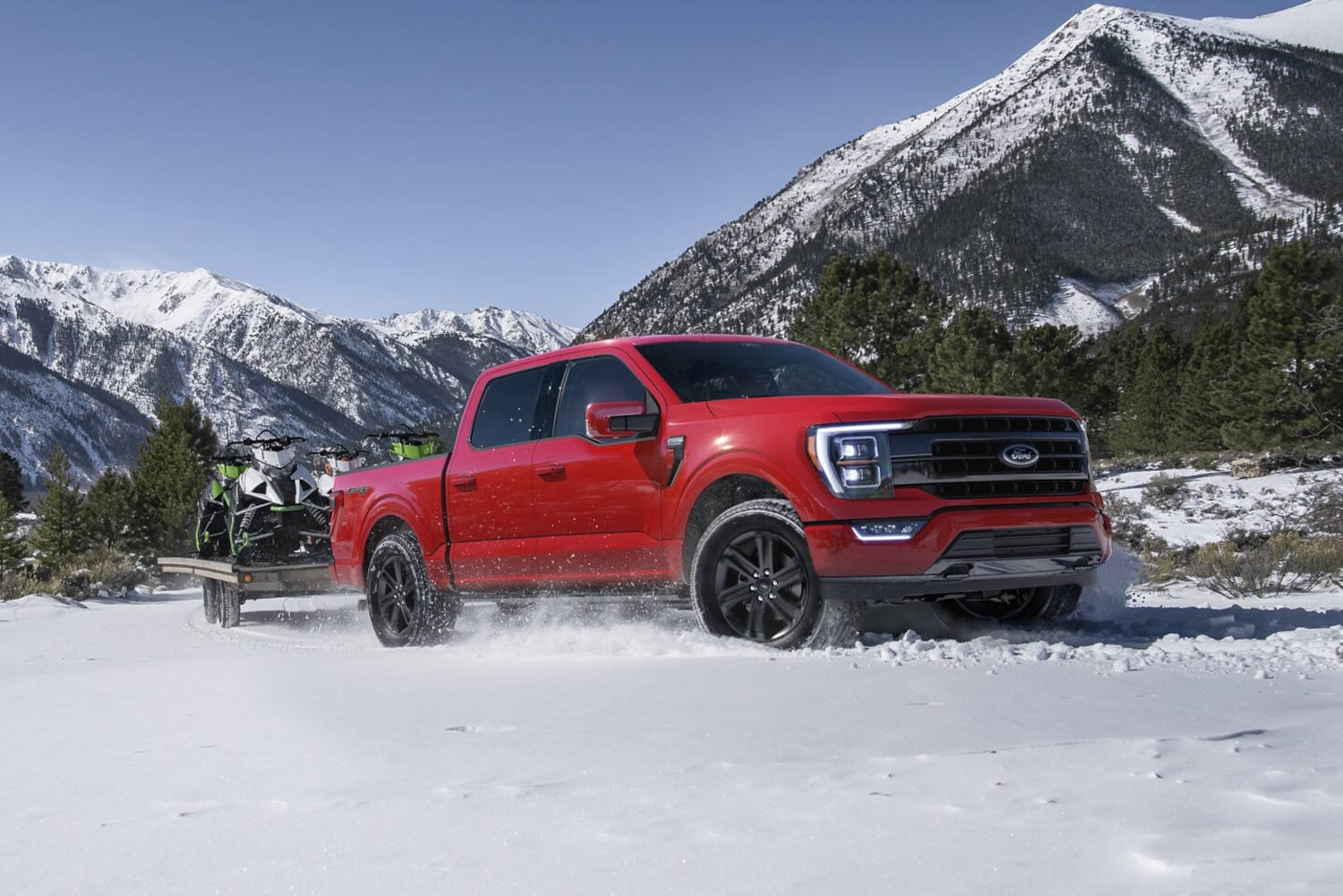
Though some older cars had a crude means of rustproofing, corrosion still happened within a short amount of time. Compare that to today’s specialized coatings covering crucial car parts, including the galvanized steel frame. New cars have a corrosion-resistant zinc coating and a stronger rust protectant, helping extend the vehicle’s life.
3. The longest-lasting cars have better exhaust systems
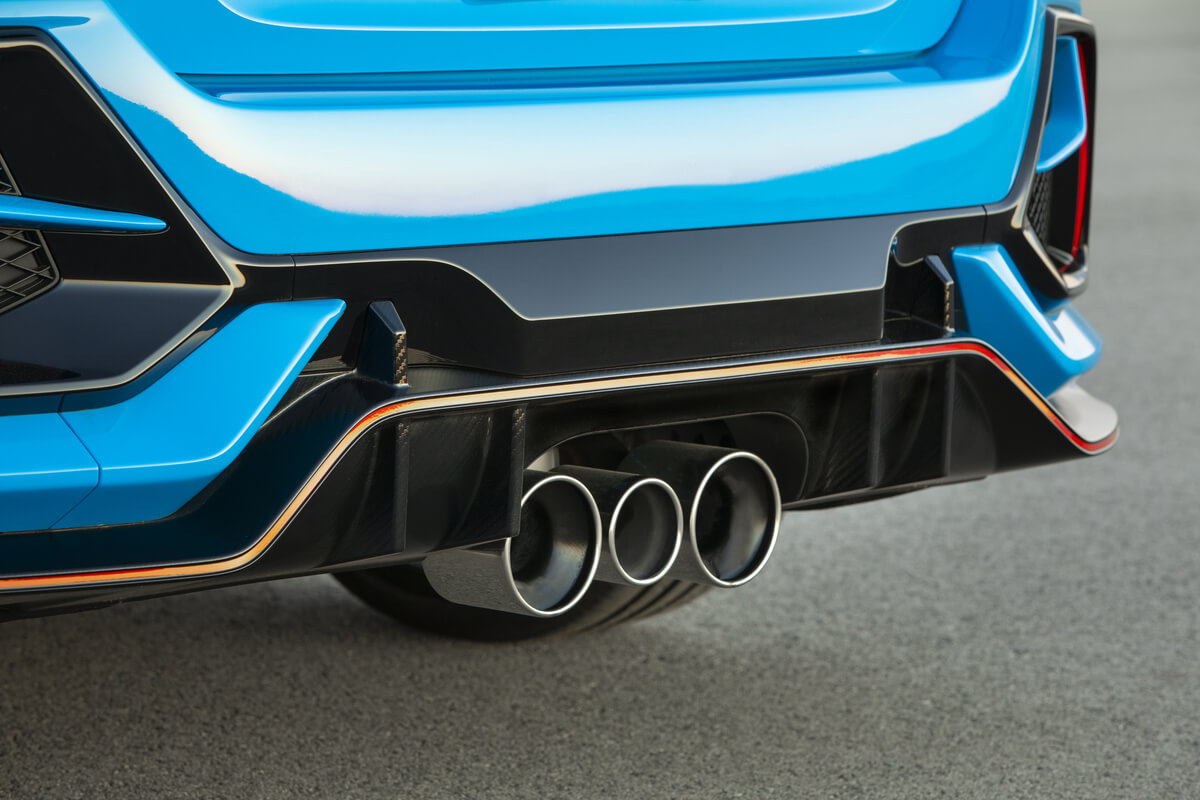
Older exhaust systems tend to rust due to condensation and other factors, such as road salt. However, in the past few years, some vehicles have rolled out with stainless-steel systems that last much longer, possibly even the car’s entire life. Those that don’t have corrosion-resistant metal can still have specialized coating sprayed onto them, or you can buy an aftermarket unit to install.
4. Modern vehicles’ synthetic fluids handle the heat better
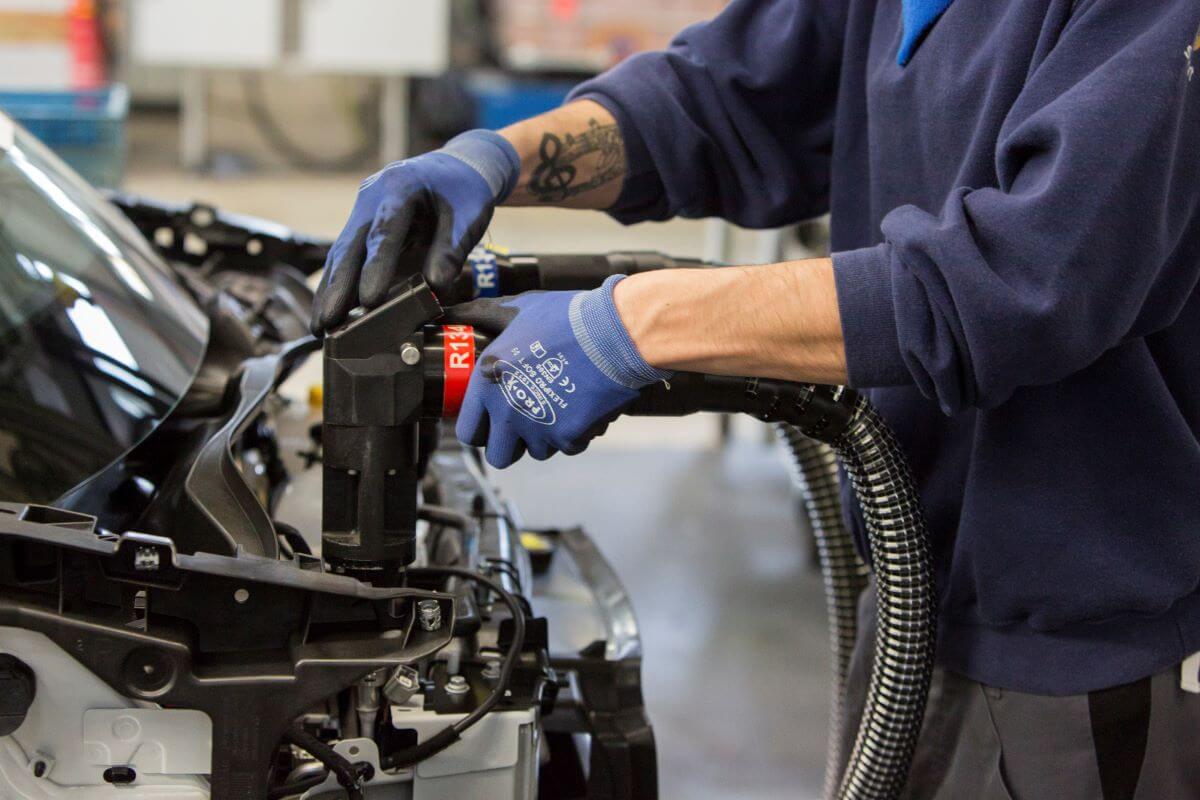
For decades, cars have had mineral-based oils lubricating the engines. But this oil type requires regular maintenance every three months or 3,000 miles. Failing to do so could put the engine at risk.
But nowadays, fully synthetic or semi-synthetic blends increase the intervals to around 5,000 to 8,000 miles between oil changes. Also, synthetic oils can handle higher temperatures, so they don’t break down as easily as their mineral-based counterpart, preventing engine misfires.
5. Newer automobiles ditched carburetors
Carburetors are now a thing of the past. Today’s cars have fuel-injection systems instead of an external unit providing the fuel/air mixture to the engine. Fuel injectors offer better control and less fuel consumption. They also don’t require any adjustments. Owners of older vehicles can attest to using the “screwdriver” method to adjust air or fuel flow.
6. The longest-lasting cars have computerized ignition systems
Like carburetors, distributors — one of the main components in starting the car — have made way for modern-day equipment. A distributor’s main job was to provide a spark to the spark plugs. But nowadays, electronic ignition systems are taking over. Now, a computer oversees the ignition process and warns of possible issues.
7. LED lights last longer
For years, vehicles used incandescent headlights, but they weren’t efficient. Now, new cars have LED (light-emitting diode) headlights, which are smaller than the old-style bulbs. Also, LEDs are whiter, provide more light, have better resistance to vibrations, and give off much less heat than incandescent bulbs.
8. Radial tires are stronger than their predecessors
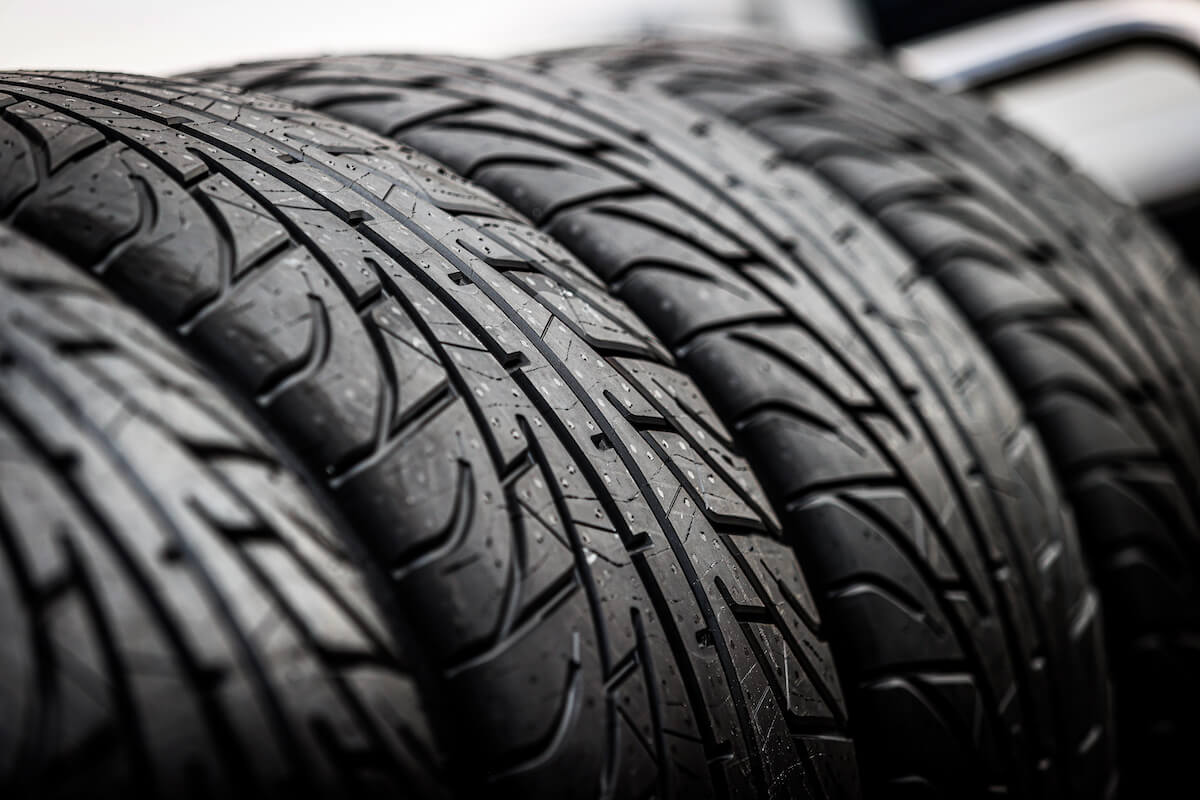
Older vehicles rode on bias tires, which have a nylon material running at a diagonal within the rubber. Radial tires are made with steel cords laid out in a diagonal pattern. These modern tires provide better traction, improved ride quality, and a longer lifespan.
9. The longest-lasting cars have more reliable parts
Older automobiles required vacuum tubes, switchgear, outdated cabling, etc. These car parts were cumbersome, clunky, and prone to breakage. Fast-forward to today, when modern vehicles boast solid-state electronics. Diodes, circuits, actuators, and transistors have replaced the troublesome parts of yore.
10. New vehicles use higher-quality materials inside and out

Once upon a time, materials like velour covered car interiors. Now, high-quality synthetic leather, durable textiles, and genuine leather adorn modern cars. These materials last longer, are more comfortable, and resist wear and stains. Exterior paints are also better quality nowadays. Stronger paint topped with a protective coating offers more resistance to fading and discoloration, keeping vehicles looking new for much longer.
As time passes, cars are increasingly improving and lasting longer than the vehicles our parents and grandparents drove. It will be interesting to see where technology takes us a few decades down the road. Will we have even longer-lasting cars, trucks, and SUVs?
